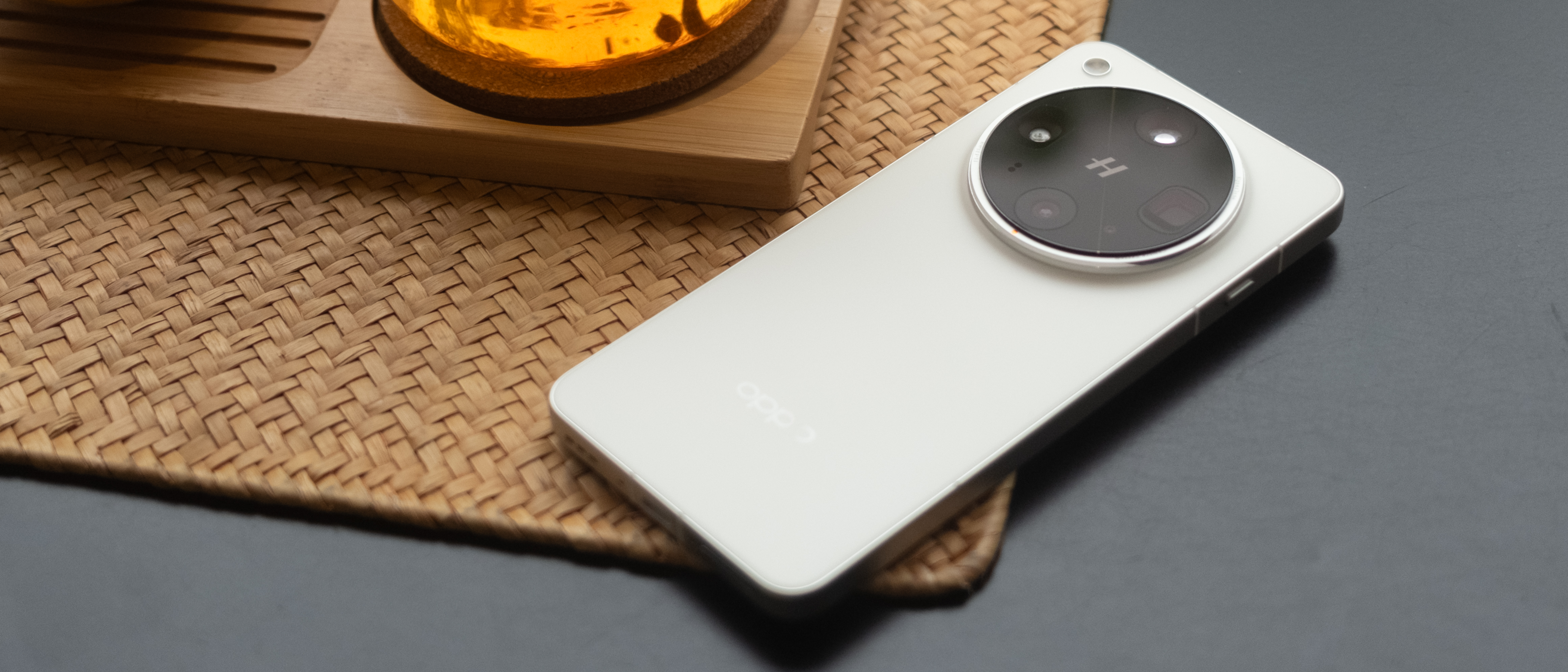I bought a $25 M42 lens adaptor for my Sony A7R II and now I can use all my old lenses
It turns out a modern mirrorless camera is perfect for vintage SLR lenses, and it's such a cheap way to extend your lens collection
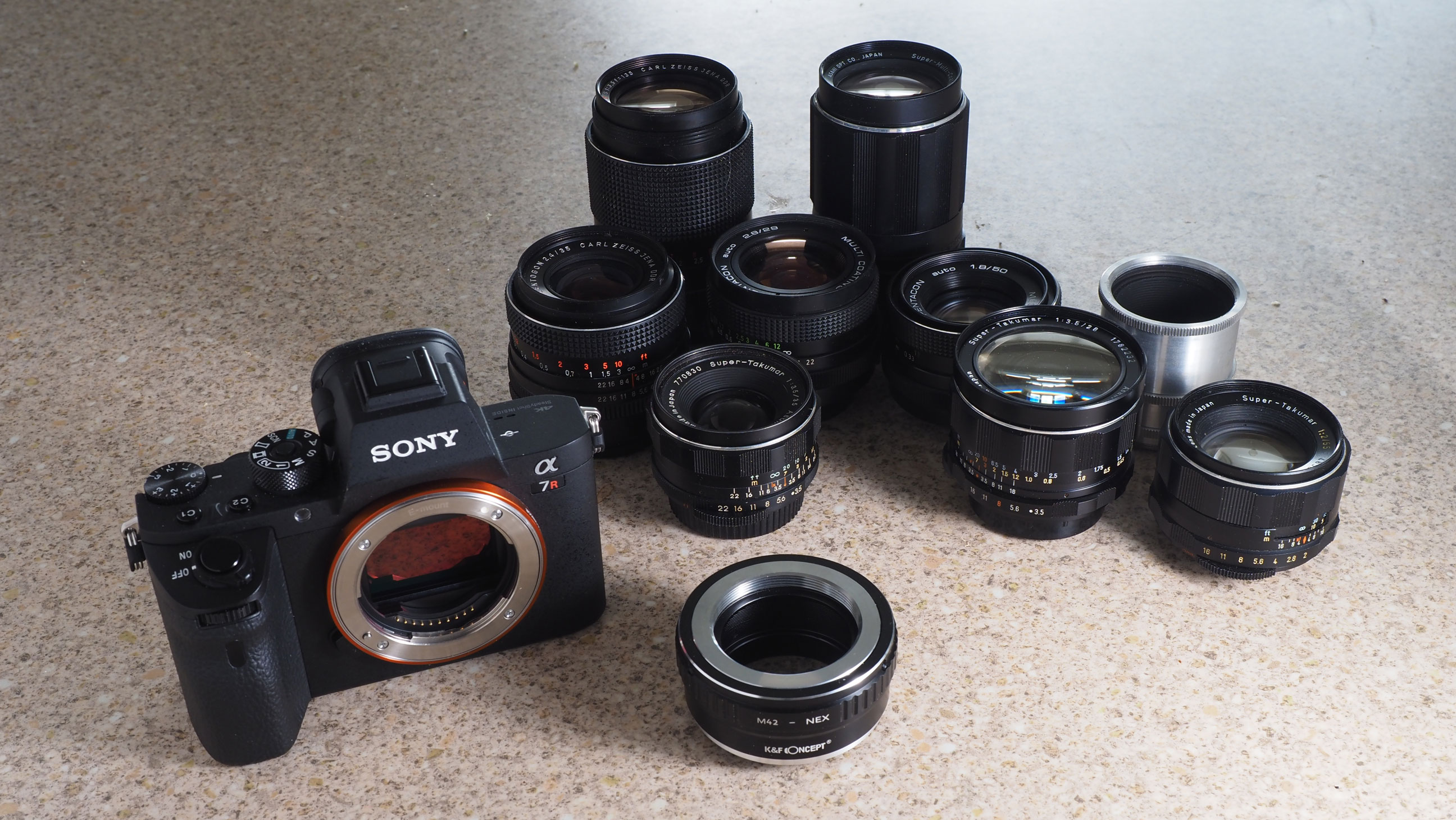
Modern DSLR and mirrorless camera users are completely cosseted by autofocus and auto-exposure systems so that the thought of actually having to do these things yourself might be too appalling to contemplate. But hang on. It's really not that bad!
I’m a big fan of Laowa’s small and superb ultra-wide prime lenses – currently I’m using a 9mm f/2.8 Zero-D on a Sony A6000 and the new 10mm f/2 MFT lens on an OM-D E-5 M III. Both are manual focus only, and while the 10mm supports aperture control from the camera body (a new feature for Laowa), the 9mm has manual aperture control only.
With both lenses you have to focus manually. Focussing isn’t difficult – it’s REMEMBERING to focus that’s the challenge.
But you aren’t restricted to manual exposure. Even the Laowa 9mm f/2.8, with its unconnected diaphragm mechanism, can be used in program AE and aperture-priority mode. Once you’ve set the aperture on the lens, the camera will measure whatever light it’s passing through and set the exposure accordingly.
If you can get over these two minor complications – and they really are pretty minor – then a whole new world opens up via the magic of lens adaptors.
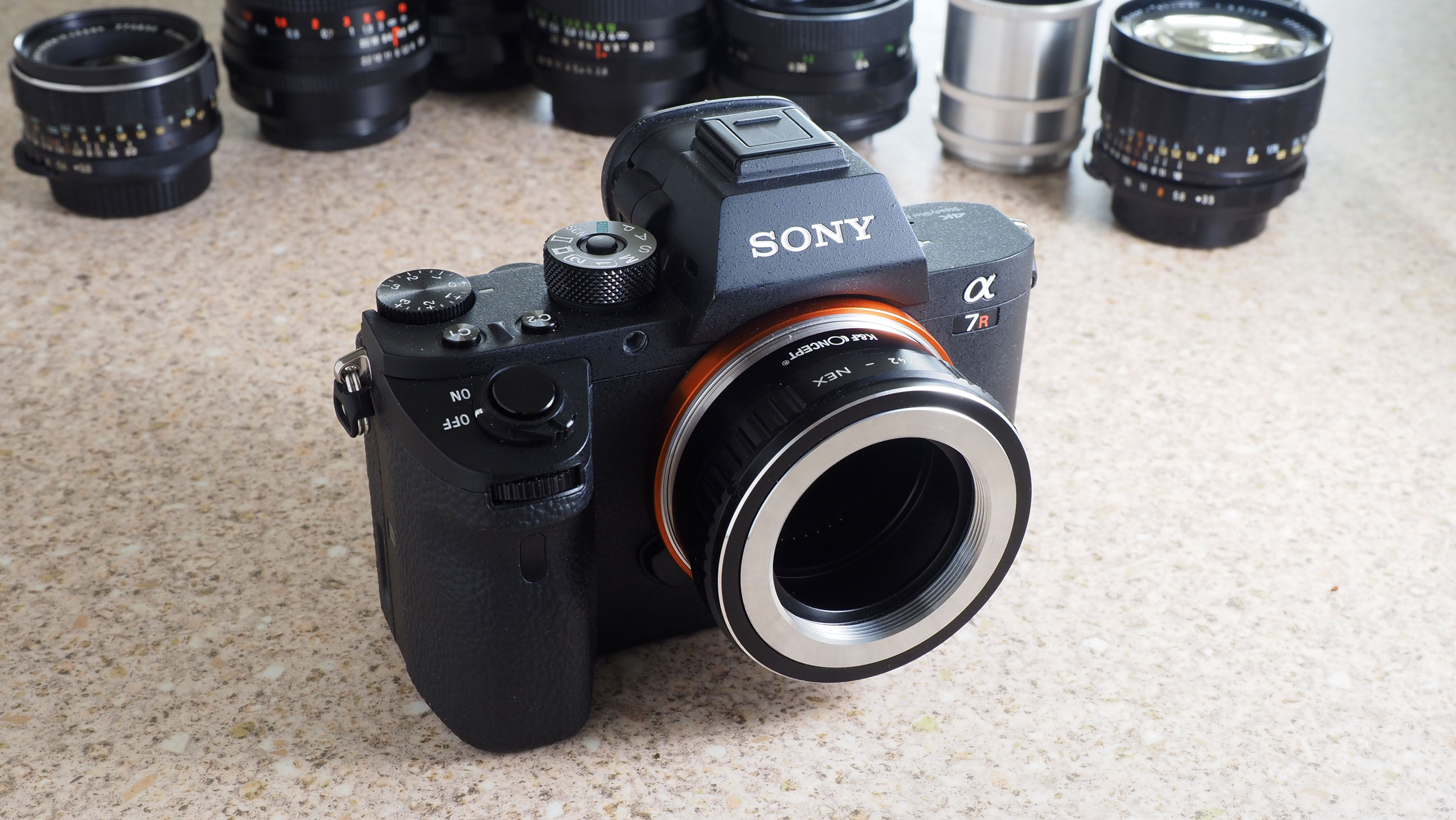
Can I use any camera?
Mirrorless cameras are best because they offer the most adaptability, thanks to their wide lens mounts and short flange distances. Full frame cameras are best of all because they preserve the angle of view of old 35mm lenses and give them the best chance of producing good results (they won't be cropped).
I use a Sony A7R II, which is a few years old now but super-sharp. Sony's policy of keeping older models on sale means you can get really good full frame cameras at really low prices!
Get the Digital Camera World Newsletter
The best camera deals, reviews, product advice, and unmissable photography news, direct to your inbox!
The 24MP Sony A7 II is even cheaper than the A7R II right now, and easily good enough to get the best from most vintage lenses.
How lens adaptors work
The reason you can’t normally use one type of lens on a different camera body is because camera makers now product their own bespoke camera mounts where both the physical lens attachment mechanism and the electrical connectors are different every time. Even within camera brands there are different mounts – Canon has no fewer than three current lens mounts, one with two partially incompatible variants.
Lens adaptors are small cylindrical devices (little more than metal tubes or, in some cases, step-up rings) that fit between the lens and the camera body. They combine different lens and camera mounts, so that my new adapter takes M42 screw mount lenses on one side but has a bayonet fitting For Sony E-mount cameras on the other.
There are limitations. Simply making the lens and camera connect physically is easy enough, and these adaptors are pretty cheap. Making the autofocus and aperture connections work is another story – there aren’t many adaptors that can do this because only a few mismatched camera-lens combinations can be connected this way.
But since most old lenses are ‘dumb’ lenses anyway, i.e. there are no autofocus or electronic aperture connections anyway, it’s not a problem!

With an adapter, can you mount any lens on any camera?
Nearly, but not quite. It’s all down to the diameter of the lens mount and the flange to sensor distance. Old DSLR lenses work great with modern mirrorless cameras because the flange distance (or back focus distance) for these lenses is much longer to allow for an SLR’s mirror box. That leaves plenty of room for a lens adaptor between the lens and the camera body.
It doesn’t work the other way round. You can’t mount a mirrorless lens on a DSLR camera because the rear of the lens would have to be inside the camera body and would foul on the mirror.
You can also use old ‘rangefinder’ lenses on modern mirrorless cameras because even though the flange distance is the same or similar this time, a modern mirrorless mount is much wider. In this case, the lens adaptor is much slimmer and more like a step-up ring, where you can mount a narrow 39mm screw thread lens (for example) within the much wider mount of a modern mirrorless camera.
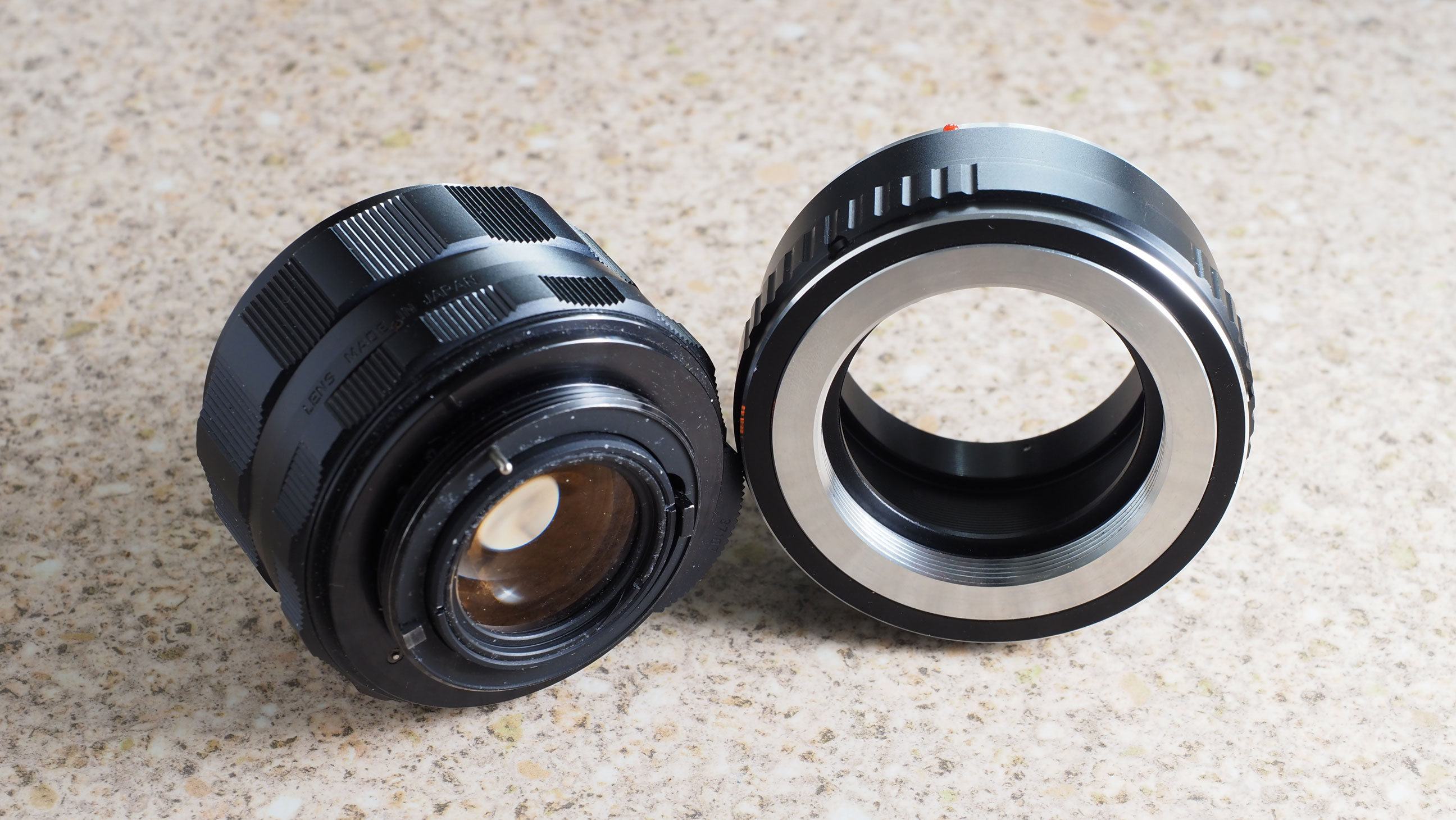
So do my old Pentax screw lenses work OK?
They work brilliantly – better, in fact, than on my old film SLRs (I’ll come to that). I bought a K&F Concept M42-NEX (Sony E) adaptor in the UK, but companies like FotodioX make near identical adaptors for the US and other markets.
You have to pay plenty for modern lenses with aperture rings, but they are standard on vintage lenses. You will have to adapt to half-stop increments, not the 1/3-stop aperture adjustments on modern cameras, but that’s not much of an issue.
Focusing is a knack, but only in the sense that all manual focusing is. With a mirrorless camera, though, you get focus aids like focus peaking and a much sharper EVF or rear screen than a vintage camera’s viewfinder – it’s a lot easier to focus with a modern camera than an old one, and much easier with a mirrorless camera than a DSLR's optical 'finder.
And what these vintage lenses do have is silky smooth, long-travel focus rings and depth of field index markings for zone and hyperfocal focusing. You do have to focus manually, but these old lenses can often make you focus smarter too.
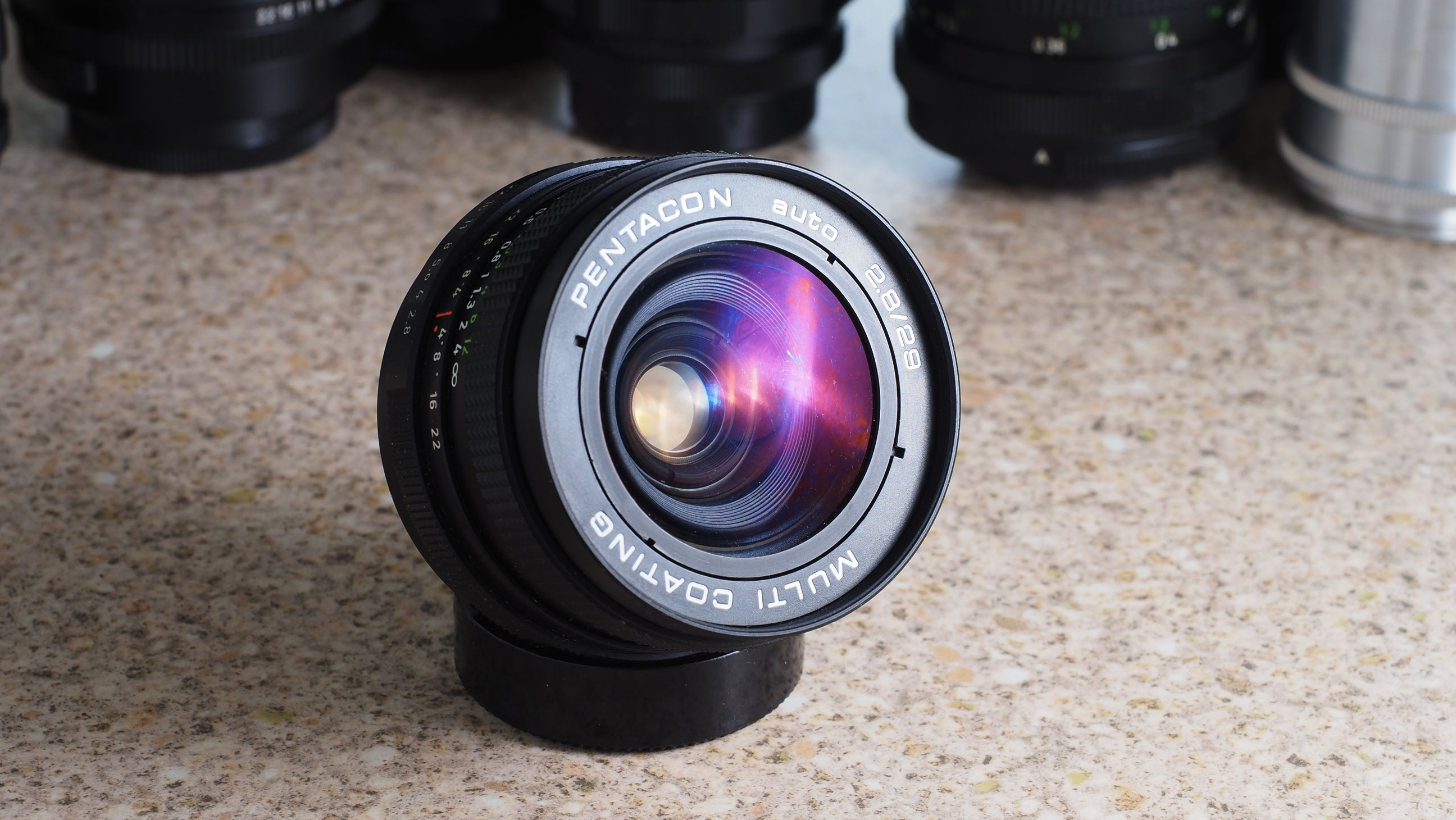
But what’s the image quality like?
Better than I expected… in fact a lot better. My old Pentax and Pentacon lenses aren’t super-sharp wide open, but they sharpen up quickly one or two stops down from maximum aperture.
A modern prime may give you more consistent sharpness from edge to edge and across the aperture range, but older lenses can give you a really characterful ‘look’ when used wide open and give little away to a modern lens at smaller apertures.
Frankly, after trying new ‘retro’ lenses against genuine vintage lenses, I think if I wanted to recreate a vintage look I would do it with a vintage lens via an adaptor, and save a lot of cash in the process.
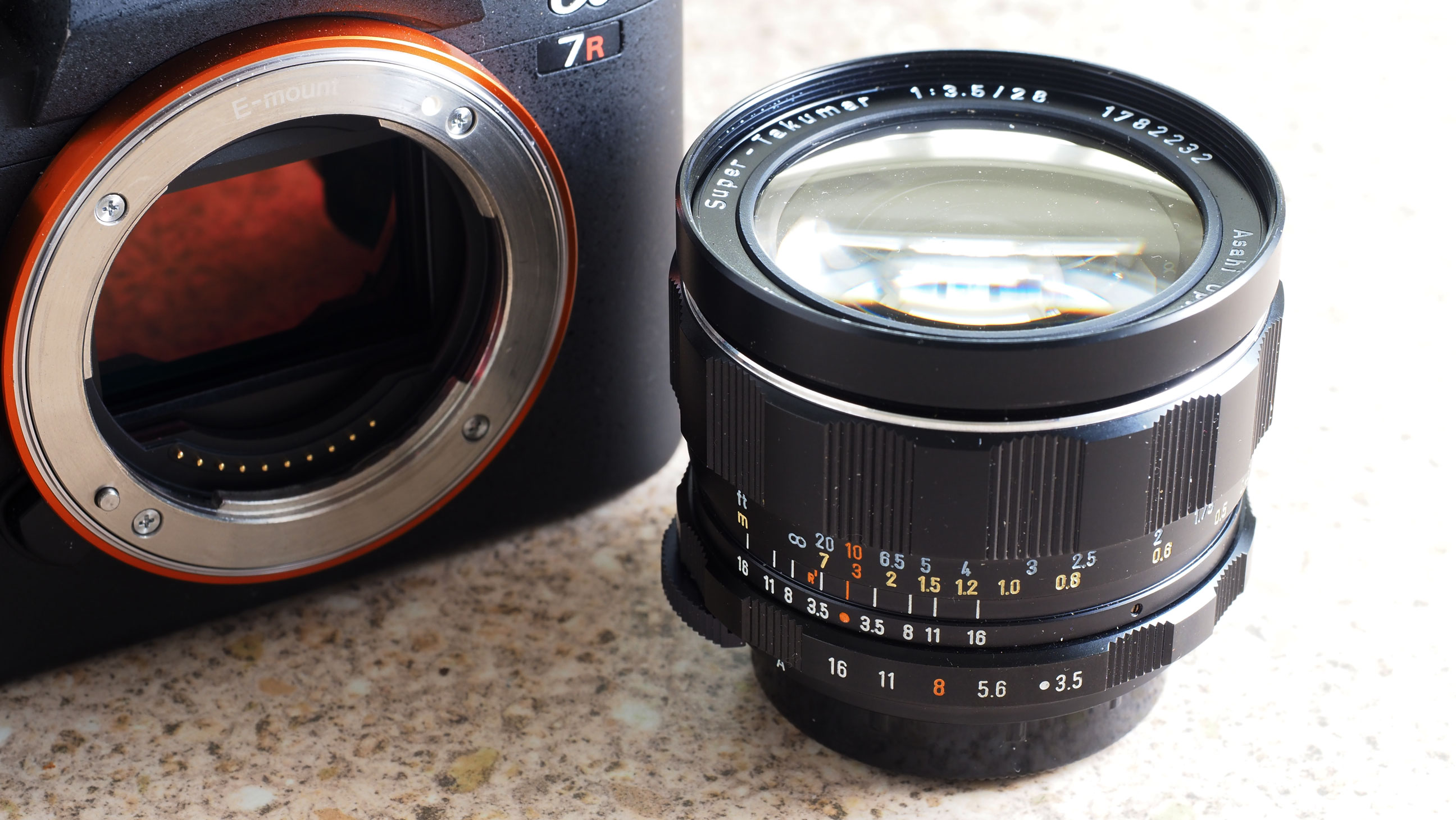
Where can I get lens adaptors?
All the big camera specialist resellers stock lens adaptors, but there are so many adaptor brands and camera-lens combinations that we can’t possibly list them all. Here are two possible starting points:
1) Search for ‘lens adaptors’ and then go through the results, or
2) Search for a specific adapter like ‘M42 lens adapter For Sony E’ and see what comes up
US buyers:
• Search for ‘lens adapter’ on Amazon
• Search for ‘lens adapter’ at B&H
• Search for ‘lens adapter’ at Adorama
UK buyers
• Search for ‘lens adapter’ on Amazon
• Check ‘lens accessories’ at Wex Photo Video
• Search for ‘lens adapter’ at Park Cameras
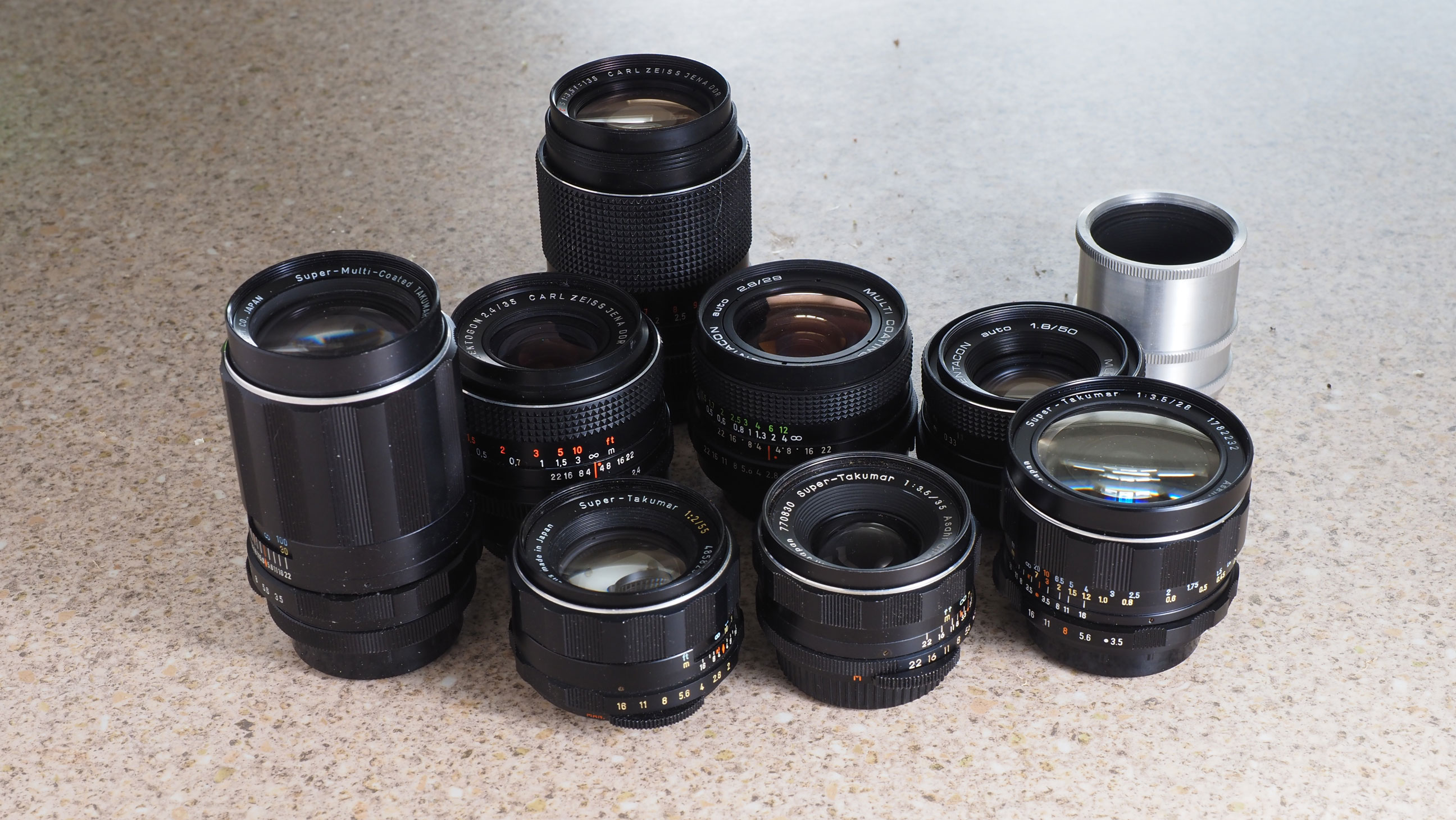
Where can I get vintage lenses?
You can sometimes get these at used camera stores, but the prices may be higher. Our recommendation is to search on eBay, either for the lens mount you want or for a specific lens. These are just examples:
• Search for ‘M42 lens' on eBay
• Search for ‘Leica L39 lens' on eBay
• Search for 'Pentax Super-Takumar 1:3.5/2.8' on eBay
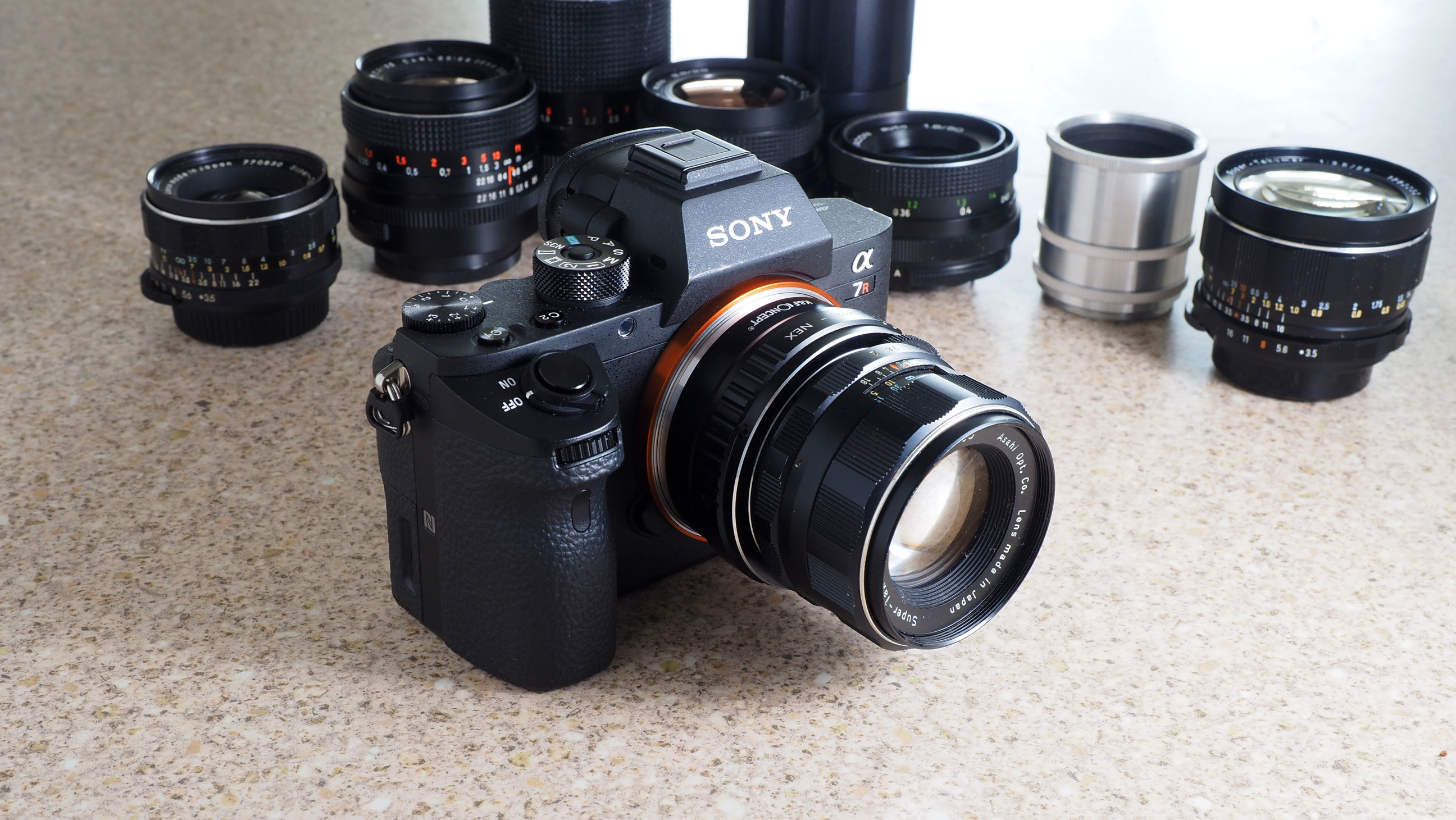
What will it cost?
‘Dumb’ lens adaptors typically cost up to $25/£25 and do a fine job with vintage lenses. The lenses themselves can cost as little as $20/£20 for a good working example of a common lens, but prices can climb quickly for older collectible lenses or prestige brands like Leica or Contax.
I cut my teeth on Pentax lenses and there are pretty affordable; I also have a fondness for Russian or Eastern European lenses, and they can be cheaper still.
You probably shouldn’t expect modern optical quality but what you will often discover is a level of mechanical engineering and ‘feel’ that you just don’t get with modern composite materials and fly-by-wire controls.
Read more:
• Best film cameras
• Best Lomo lenses
• Best cheap lenses
• Cheapest full frame cameras

Rod is an independent photography journalist and editor, and a long-standing Digital Camera World contributor, having previously worked as DCW's Group Reviews editor. Before that he has been technique editor on N-Photo, Head of Testing for the photography division and Camera Channel editor on TechRadar, as well as contributing to many other publications. He has been writing about photography technique, photo editing and digital cameras since they first appeared, and before that began his career writing about film photography. He has used and reviewed practically every interchangeable lens camera launched in the past 20 years, from entry-level DSLRs to medium format cameras, together with lenses, tripods, gimbals, light meters, camera bags and more. Rod has his own camera gear blog at fotovolo.com but also writes about photo-editing applications and techniques at lifeafterphotoshop.com
